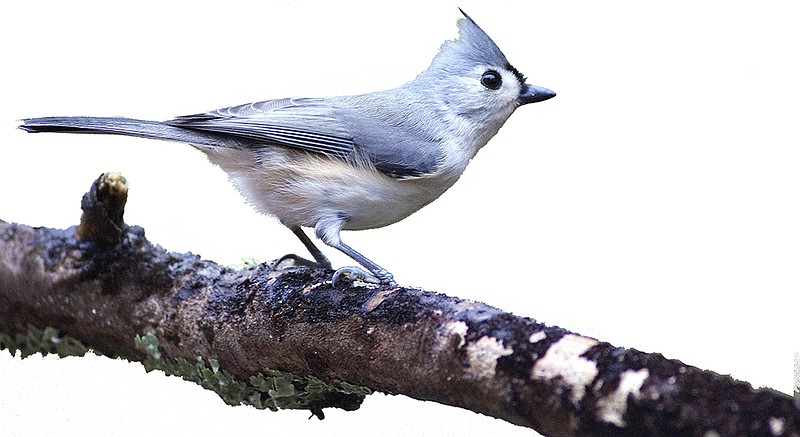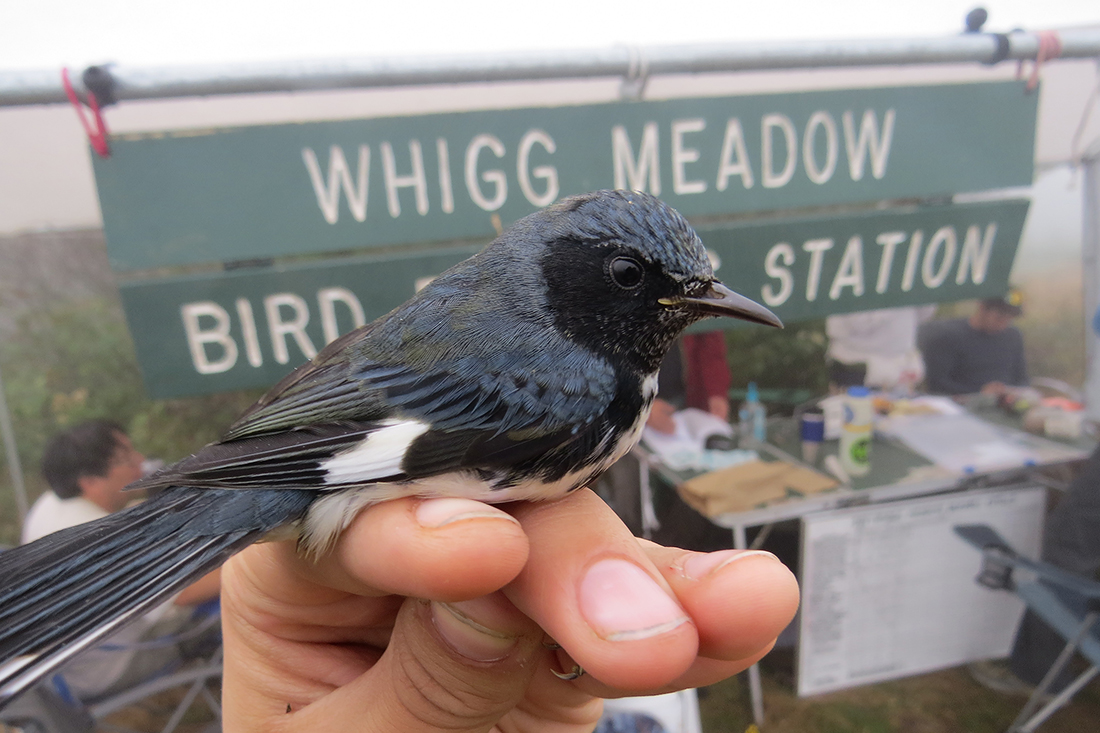The scope of birding is broad. It can mean sitting in your backyard with a pair of binoculars, watching the neighborhood birds flock to feeders. Or, it can mean traveling to faraway remote places with hopes of spotting some of the most alluring species on the planet. Along that spectrum, there are more than a dozen ways to do it.
Whether you're a beginner, an expert or somewhere in the middle, here, local birder and member of the Chattanooga Tennessee Ornithological Society Cynthia Wilkerson shares 13 different techniques of birding that anyone can learn.
Getting started
» Bird from your backyard. Simply notice the birds that are in your yard or at your feeders.
» Take a casual birding trip. Gather a group and take a trip to a destination of your choosing. Once there, record the species you see or hear.
» Have a "big day." In the birding world, this refers to a specific 24-hour period dedicated to ID'ing as many different birds as you can.
» Go birding. Make a casual loop around the city to bird-watch, either by foot or car.
» Seek out specific species. Visit a designated birding site to look for a particular species. The Soddy Mountain Hawk Watch in Soddy Daisy, Tennessee, is a great place for hawk sightings, for example.
Taking it to the next level
» Report your findings. Websites, such as eBird.org, compile daily activities of birds, reported by local birders, so that anyone anywhere can note what birds are being seen. Adding to online reports of your own findings, and keeping up with other birders around the globe, is a new-age way of birding.
» Follow sightings online. Similar to a scavenger hunt, birders can view the comments and dates on online birding sites to get info on certain birds' whereabouts, then go find it in nature. For example, tnbirds.org lists specific species sighted at specific places throughout the state.
Going even further
» Make your count official. This refers to official bird counts held on designated dates for state records - requiring birders to know the species well in order to count accurately.
» Take an international trip. Bird trips abroad will allow you to witness an abundance of new species in their natural habitats.
Pro Tip: The Tennessee Aquarium sponsors such trips on occasion. Visit tnaqua.org to learn more.
» Participate in research projects. Take part in government-funded or private bird research, such as banding and tracking birds via satellite to see how far they fly during migration.
Pro Tip: Every day in September, volunteers at Whigg Meadow in Cherokee National Forest operate a fall migration bird banding station that is open to the public for anyone to come learn and observe.
» Volunteer. Some schools, organizations or novice birding groups may ask for volunteer birders to lead walks or other avian programs. Only those with expertise and experience should volunteer themselves, in order to provide an accurate and educational experience.
» Hone your photography skills. Snapping a photo of the birds you spot not only captures the moment but also confirms your sighting. Some extreme photo-birders will not list a bird on their personal lists or on shared databases without a photo.
» Bird by ear. Learning bird calls can be a real asset in identification, but it is one of the hardest ways to bird, many birders say. Birds that are easy to spot but hard to differentiate can be identified based on their voices. Just pay attention to detail in the sounds. The scope of their songs is broad, but with practice, anyone can learn.

